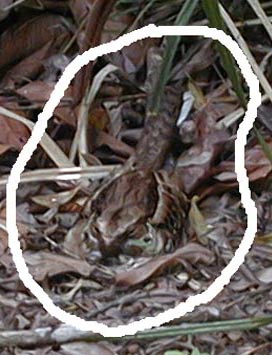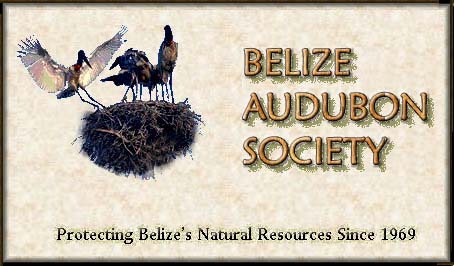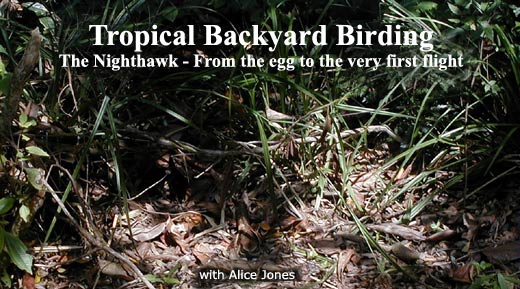
|
||
When we initially arrived to our rented and definitely remote bush camp champa we were taken back by not only the natural beauty of the remoteness, but also the abundant bird life that filled the surrounding trees nearby. Of course everyone says that when you move to Belize you too become an enthusiastic 'backyard birder'. And yes we had our fair share of bird varieties. However, above all others there in our campsite was one particular bird which soon stepped up to introduce herself. And from that point until this writing, each evening just as the last bit of light is squeezed away from the day as well as each morning at the break of day, we are ritually reminded. When asked of the name for the bird the locals all referred to the her simply as a Nighthawk. In color, the bird is dark brown with black speckles. On her tail she has rows of white cutting through the field of black. Only once to date in all my encounters have I noticed the white feathering on the neck. That happened about a month after we discovered our nighthawk nesting between our champa and the outhouse we used for obvious personal needs. Anyway,
one day as my son was walking out to take a 'lou', he suddenly
noticed along the trail what he rushed back to say appeared to
be either a dead bird laying on the ground, or a coiled up rattlesnake.
Although the boy these days is just now starting to acquire firsthand
knowledge as to what one should do when one encounters a snake
in the bush, he too will tell you that against all the myths of
Toledo, although we do have the Yellow Jaw, we don't have rattlesnakes. |
||
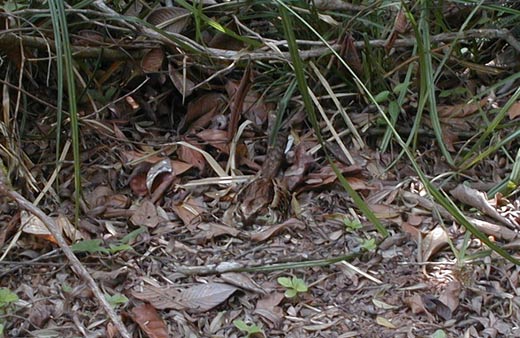 |
||
And
since this is a bird story in the first place, let me get out
of here by saying that after the boy alarmed us of the possible
daytime sighting of the nocturnal alarm clock bird a’nesting
trailside due south of our outhouse, we started to monitor the
nesting bird.
At first, we were surly awkward and overly intrusive. Why we had even gone so far in the beginning as to prod the trailside finding with a long palm branch, still not knowing whether we had stumbled across that dead bird or the scenario of a way southern rattler. In time we learned to stay our distance and from our distant vantage point discovered there were two eggs, laying there in the warmth and comfort of a nest woven together of twigs and branches and pieces of this and that the mother had found necessary to complete the task at hand. Sadly it was I that first came back from the outhouse to report that the two eggs had now dwindled down to one. We all noticed that the nesting mother Nighthawk was now seemingly confused, flying about our base camp for greater lengths of time. And then there came the silence when for days upon days we heard nothing from our old friend. And then soon after we had convinced ourselves that our behave had indeed influenced a generation of Nighthawks, the bird returned. One early evening at that very point when the last light seems to be escaping into space making way for the onslaught of the night, I was sitting alone under the canopy of our thatch roof. I was at the time on constant vigil for the rat snake that had terrified us all nights before jumping from the roof thatch to the ground in order to chase down for consumption a lone lizard that had fallen prey to the reptile's crosshairs. Watching out for the rat snake, suddenly down on the ground to my left our nighthawk landed. Literally less than three feet away from where I sat in my chair, the bird now began to converses with me as to the what I can only believe to be the state of the world as that bird sees it.I offered back my own opinion but I am sure it fell upon deaf ears. For as the Nighthawk and I conversed about life as reflected there in camp two, a you'd nighthawk swooped down from the tree. The mother then ruffled her neck feathers my way, hopped about left then right as the nighthawks in our neck of the woods are known to do, and then joined her child in the blissful beauty of flight. Three laps around the camp one airspace and they were gone for the night. |
||
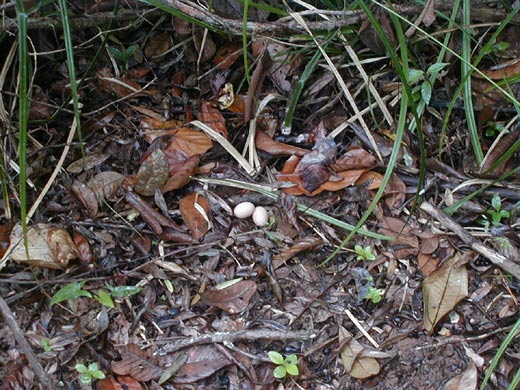 |
||
| Belize Audubon Society |

